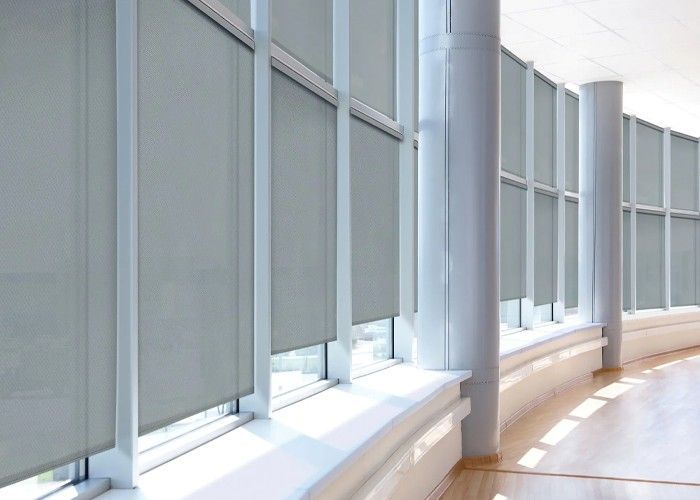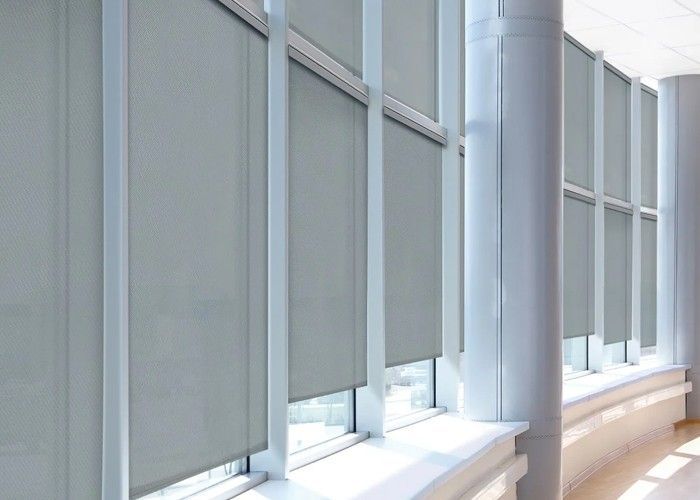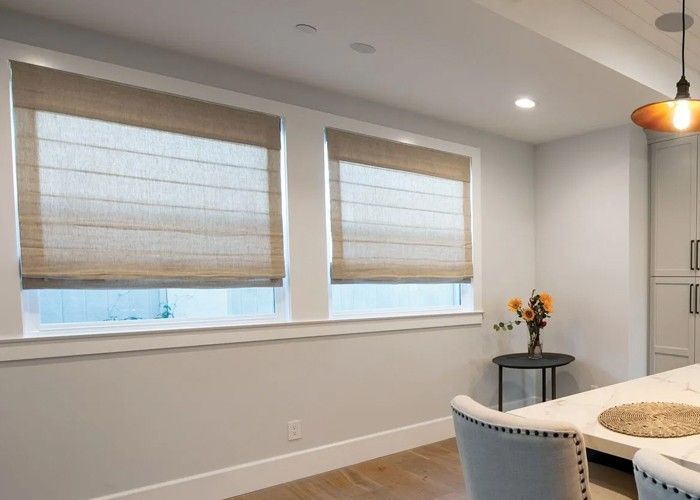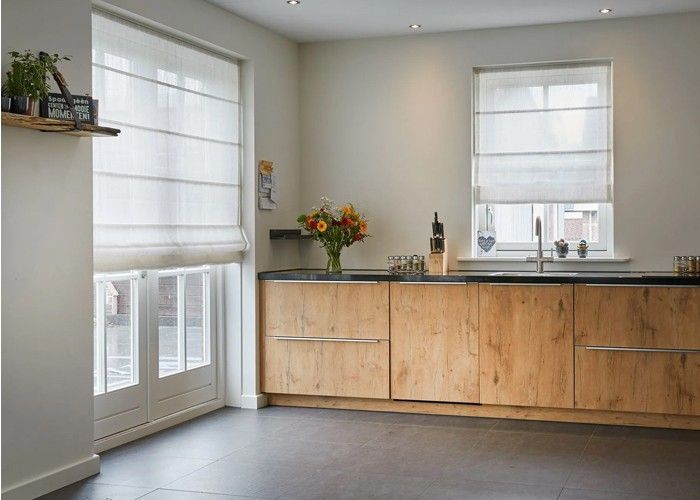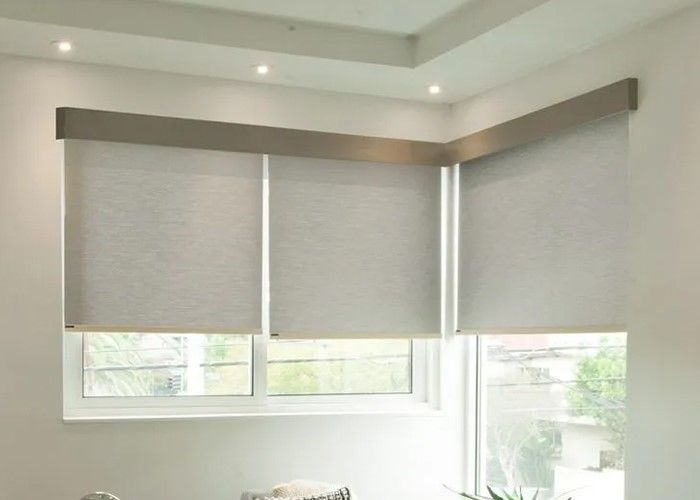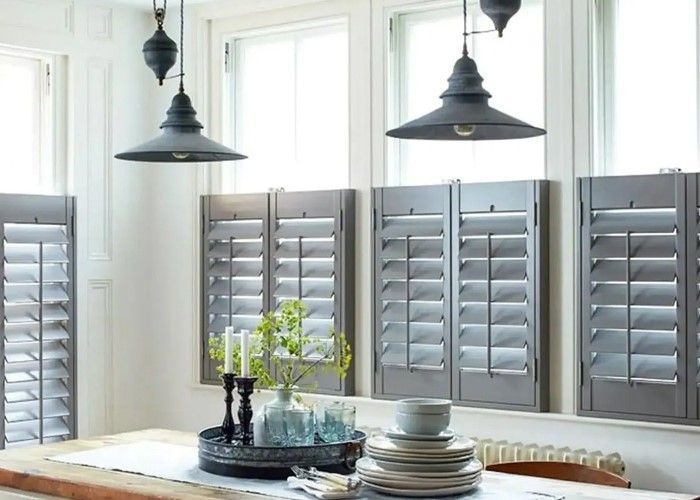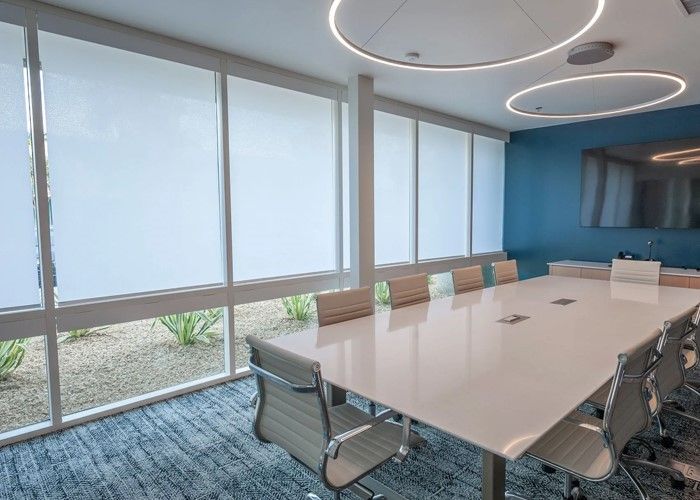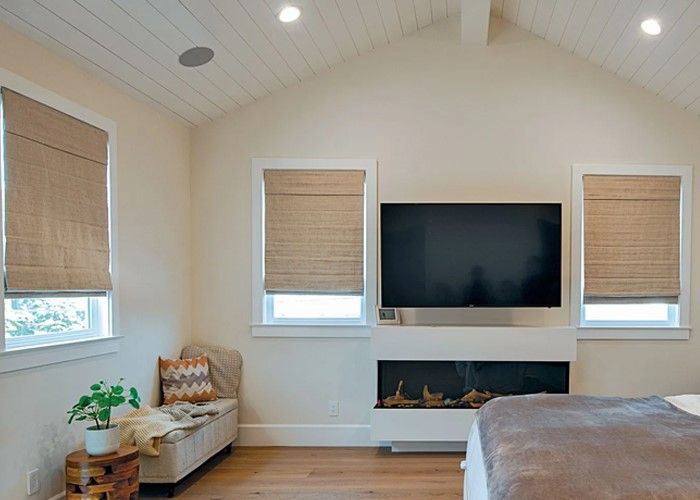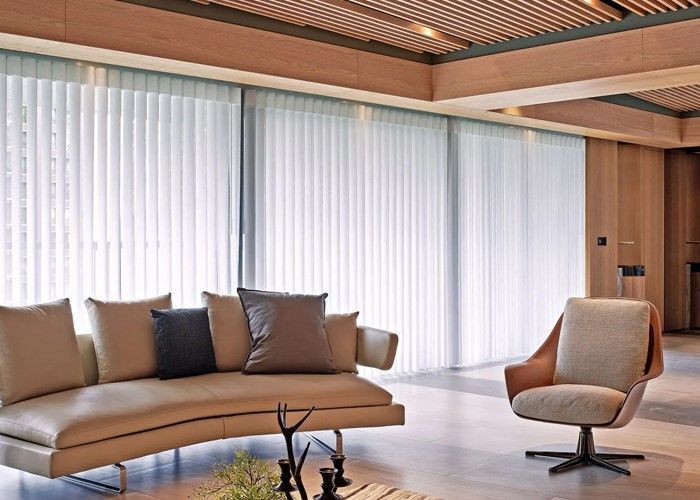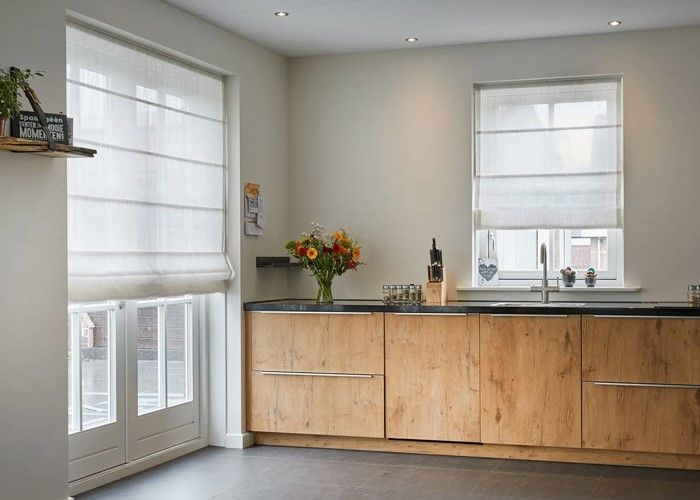How to Install Blinds on a Sliding Glass Door
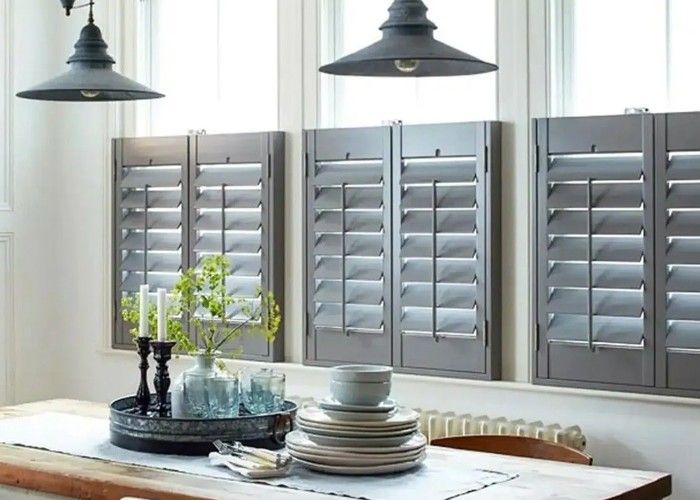
Have you ever struggled to find the perfect way to cover your sliding glass doors without sacrificing style or function? Sliding doors let in plenty of light and provide easy access to outdoor spaces, but without the right window treatment, they can also reduce privacy and increase energy loss. That is why installing custom horizontal blinds or vertical blinds for sliding door areas can be such a game-changer. These solutions combine functionality with elegance, making them a top choice for homeowners who value both design and convenience.
Choosing the Right Blinds for Your Sliding Glass Door
Before beginning installation, it is important to choose blinds that suit your space. Vertical blinds for sliding door systems are a classic option, as they glide smoothly across the door while providing excellent light control. On the other hand, custom horizontal blinds offer a modern aesthetic and can be tailored to fit unique dimensions. Consider your room’s style, privacy needs, and ease of use before making your choice.
Step 1: Take Accurate Measurements
Accurate measurements are the foundation of a smooth installation. For sliding glass doors, measure both the width and height of the door opening, adding a few extra inches if you want full coverage. When installing custom horizontal blinds, precise measurements ensure a perfect fit, while vertical blinds for sliding door spaces require slightly wider coverage to allow easy sliding motion. Always double-check your numbers before ordering blinds.
Step 2: Gather the Right Tools
You do not need advanced tools for this project, but having the right basics on hand makes a big difference. Typically, you will need a drill, level, tape measure, screws, and a pencil for marking. For vertical blinds for sliding door installation, additional hardware like tracks and carriers will also be necessary. Having all tools ready before starting helps avoid interruptions during the process.
Step 3: Install the Mounting Brackets
The brackets are the backbone of the installation. For custom horizontal blinds, brackets should be placed either inside the frame for a sleek, built-in look or outside the frame for maximum coverage. Vertical blinds for sliding door systems require brackets installed at the top of the frame to support the headrail. Always use a level to ensure brackets are straight, as even slight misalignment can affect how the blinds operate.
Step 4: Attach the Headrail and Blinds
Once brackets are secure, snap the headrail into place. For vertical blinds for sliding door applications, this includes securing the track where the louvers will hang. For custom horizontal blinds, attach the blind assembly to the brackets. At this stage, make sure everything is secure and aligned properly before moving on.
Step 5: Add Slats or Louvers and Test Functionality
With the main structure in place, it is time to add the finishing touches. Insert the louvers into the track for vertical blinds, ensuring each piece clicks securely into its carrier. For horizontal blinds, lower the slats and test their tilt mechanism. Slide the blinds open and closed to confirm smooth operation. Properly installed vertical blinds for sliding door areas should move effortlessly without catching or dragging.
Step 6: Finishing Touches and Adjustments
Finally, adjust the cords or wands to ensure proper tension and smooth operation. For custom horizontal blinds, check that the slats tilt evenly. For vertical blinds for a sliding door, confirm that the louvers rotate fully and stack neatly when opened. Trim any excess cords if needed, and your installation is complete.
Enhance Your Space with Functional Elegance
Installing blinds on a sliding glass door does not have to be complicated. With accurate measurements, the right tools, and a step-by-step approach, you can successfully install either custom horizontal blinds or vertical blinds for sliding door systems that enhance privacy, control light, and improve your home’s style. Choosing the right option ensures long-lasting functionality while adding a polished look to your space.
FAQs
1. Which blinds are better for sliding glass doors, vertical or horizontal?
Vertical blinds are more traditional for sliding doors, but horizontal blinds can be customized for a sleek, modern look.
2. How long does installation usually take?
Most installations can be completed in one to two hours, depending on the size and type of blinds.
3. Can blinds for sliding doors be motorized?
Yes, both vertical and horizontal blinds can be motorized for added convenience.
4. Do blinds help with energy efficiency?
Yes, blinds add insulation that helps regulate indoor temperatures and reduces energy costs.
5. How do I clean blinds on sliding glass doors?
Dust regularly with a microfiber cloth or vacuum with a brush attachment. For deeper cleaning, use a damp cloth with mild soap.
Ready to upgrade your sliding glass doors with elegant, functional blinds? C&C Shutters and Window Coverings offers expert solutions, including custom horizontal blinds and vertical blinds for sliding door installations designed to fit your lifestyle. Contact us today to schedule a consultation and bring style and convenience to your home.



